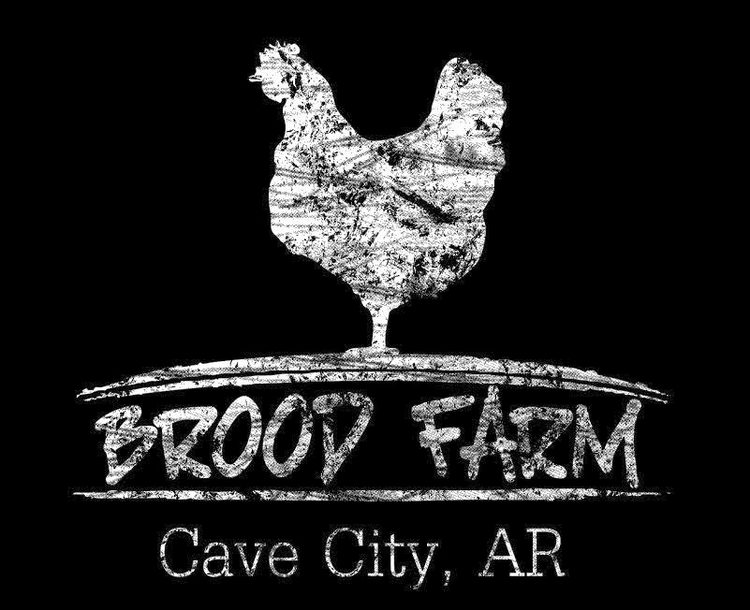Picture the contents of your refrigerator. Or, better yet, go open it up and take a look. How much of what's in there will end up in the trash or down the garbage disposal. Be honest. 10%? 20%? More? According to University of Arizona research, the U.S. average is 14%. Sure, consumer food waste is a problem that we can easily take charge of in our own homes, but consider all the food waste that occurs before we even have a chance to stock our fridges and pantries.
Grocery stores account for a huge amount of food waste. Have you heard of the recent trend of dumpster diving? Those in favor claim that they can dine like kings just by hitting up the dumpster behind their local grocery stores -- where arbitrary sell-by dates or damaged packaging leave perfectly good food in the trash.
But, until I began my own garden, I hadn't really considered the food waste that occurs before food ever makes it to the store. Our first year to garden, we were constantly snapping pictures of oddly-shaped vegetables. I know this sounds naive, but it took me a few photo shoots with misshapen squash to get it -- it's not that MY vegetables are weird . . . it's that my perception of what vegetables should look like has been shaped by what I see at the supermarket . . . and the weirdo cucumbers never make it there. "The NRDC estimates that 20% of fruits and vegetables are lost on the farm." If a tomato has a small blemish, it doesn't make it to market. Those of us who grow our own know that all it takes is trimming off the bad spot to get that tomato salad-ready.
While we can do a better job of managing our own food waste, solving the problem on a larger scale is a much bigger challenge. Luckily, folks like Doug Rauch, the former CEO of Trader Joe's, has some ideas. He has "announced his plans to open a 10,000-foot market in the disadvantaged Boston neighborhood of Dorchester, selling food during the fragile window after its sell-by date but before it has actually spoiled." This type of store has already proven successful in several European countries.
Check back in tomorrow for a couple of practical tips on cutting down your own family's food waste.
Thank you to the always-amazing Modern Farmer for all the above info I got from your article "Junk Food" in your Fall 2013 publication.
Grocery stores account for a huge amount of food waste. Have you heard of the recent trend of dumpster diving? Those in favor claim that they can dine like kings just by hitting up the dumpster behind their local grocery stores -- where arbitrary sell-by dates or damaged packaging leave perfectly good food in the trash.
But, until I began my own garden, I hadn't really considered the food waste that occurs before food ever makes it to the store. Our first year to garden, we were constantly snapping pictures of oddly-shaped vegetables. I know this sounds naive, but it took me a few photo shoots with misshapen squash to get it -- it's not that MY vegetables are weird . . . it's that my perception of what vegetables should look like has been shaped by what I see at the supermarket . . . and the weirdo cucumbers never make it there. "The NRDC estimates that 20% of fruits and vegetables are lost on the farm." If a tomato has a small blemish, it doesn't make it to market. Those of us who grow our own know that all it takes is trimming off the bad spot to get that tomato salad-ready.
While we can do a better job of managing our own food waste, solving the problem on a larger scale is a much bigger challenge. Luckily, folks like Doug Rauch, the former CEO of Trader Joe's, has some ideas. He has "announced his plans to open a 10,000-foot market in the disadvantaged Boston neighborhood of Dorchester, selling food during the fragile window after its sell-by date but before it has actually spoiled." This type of store has already proven successful in several European countries.
Check back in tomorrow for a couple of practical tips on cutting down your own family's food waste.
Thank you to the always-amazing Modern Farmer for all the above info I got from your article "Junk Food" in your Fall 2013 publication.

